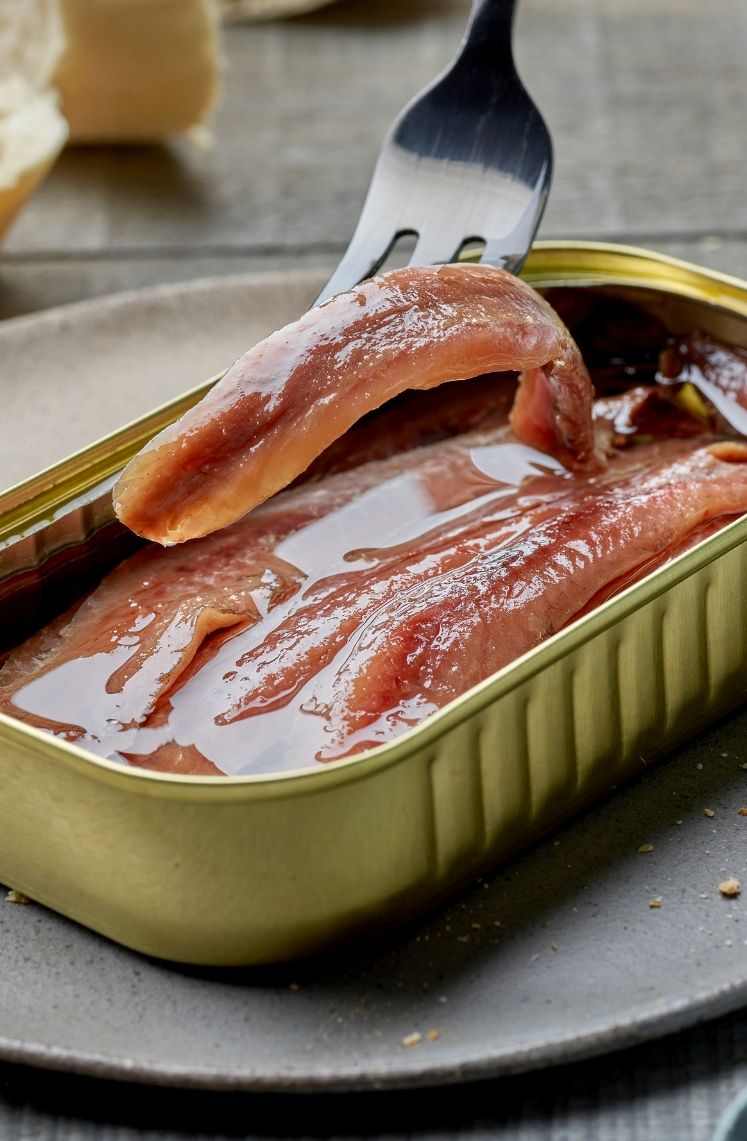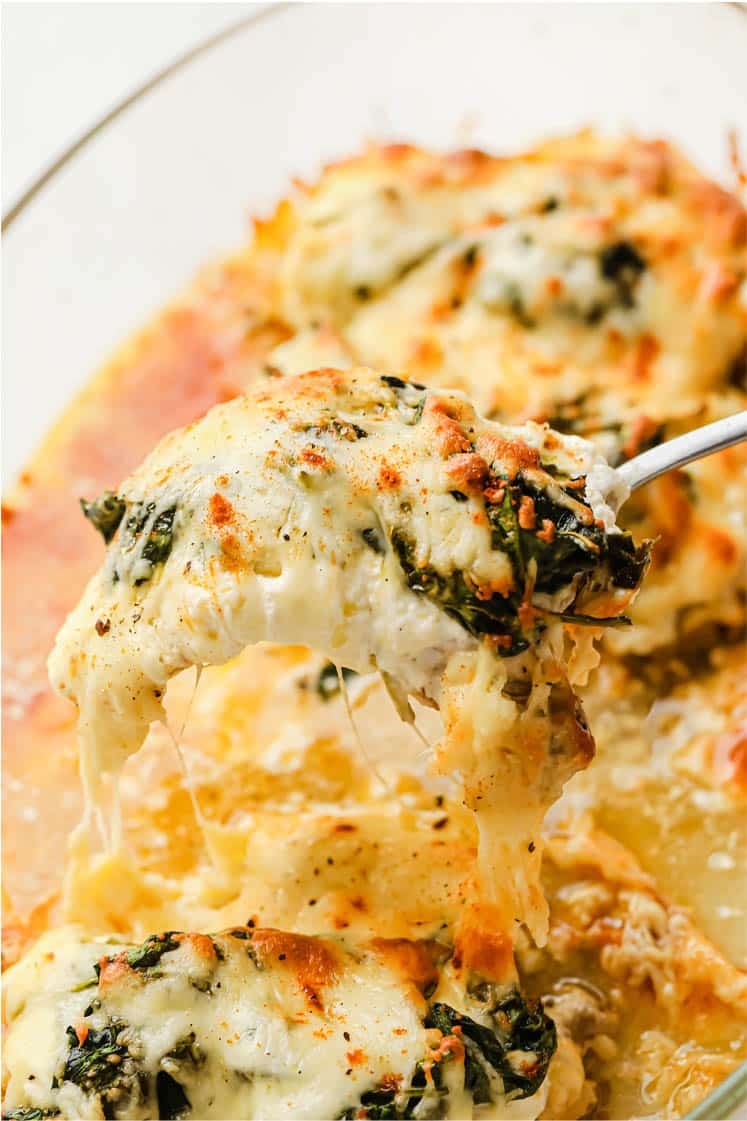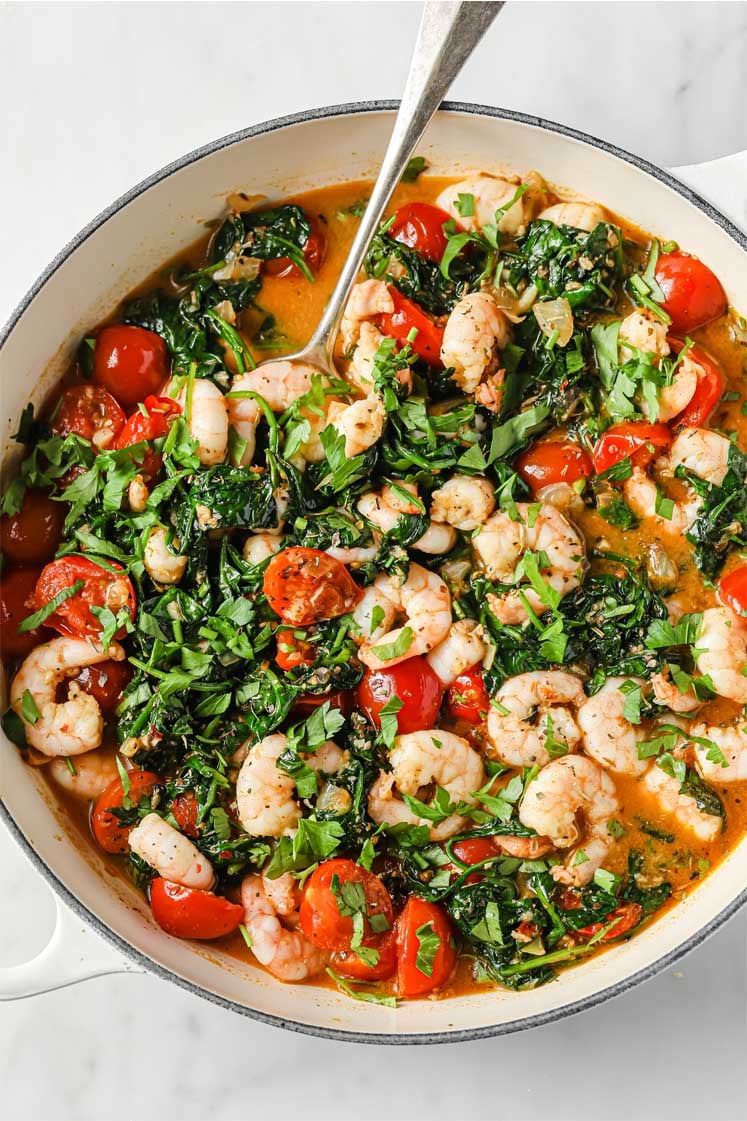If you’ve got a turkey in the freezer waiting for its big moment, whether it’s for Thanksgiving, a family dinner, or any special occasion, the first step is making sure it’s thawed properly. Even if you already have a great recipe in mind, knowing how to safely and effectively thaw your turkey is key. Here are three reliable methods and some tips to help you get it ready to cook.

🍗 Why proper thawing matters
When sharing a meal with family and friends, the last thing anyone wants is a side of food poisoning — or a turkey that didn’t cook properly. An improperly thawed turkey can quickly turn into a breeding ground for bacteria, leading to a cooking disaster you’d rather avoid.
Food safety should always be the top priority when handling raw poultry. Your goal is to keep your turkey out of the danger zone of 40 degrees F to 140 degrees F to prevent bacterial growth. Additionally, maintain clean surfaces by disinfecting everything that comes into contact with raw meat or juices and washing your hands often.
Beyond safety, how you thaw your turkey can affect its texture and flavor. Uneven thawing can leave parts of the bird undercooked or frozen, while thawing too quickly may result in meat that’s tough and chewy instead of tender and juicy.
The good news? Safely and effectively doing this is easy when you follow one of these USDA-approved methods for how to thaw a turkey:
- Refrigerator: Allow 24 hours for every 4-5 pounds.
- Cold Water: Plan for 30 minutes per pound.
- Microwave: Times vary, so check your microwave manual for specific instructions.
❄️ Refrigerator thawing
Hands down, the best way to thaw a turkey is in the refrigerator. Moving the turkey from the freezer’s bitter cold 0 degrees F environment into a fridge set between 37 degrees F and 39 degrees F keeps the turkey out of the danger zone and allows it to break out of its icy shell at its own pace. The ice crystals slowly dissolve, leaving you with tender turkey meat that will cook up beautifully.
The biggest drawbacks of this method are the time and space required to get the job done. You can’t just plop your frozen turkey on the top rack of your fridge between the fresh cranberries and the oven-ready overnight breakfast casserole you plan to bake on Thanksgiving morning. As it thaws, it would create a messy drip of raw turkey juices that may just drip down and get on everything.
Instead, you must place it in a large container to hold the juices while isolating the turkey from everything else in your fridge. I find that my turkey roasting pan works great for this job. Give it a spot on the bottom shelf where it’s the coldest, and let it rest.
This method requires 24 hours in the fridge for every 4-5 pounds of turkey. Considering an average Thanksgiving turkey weighs 12-14 pounds, it will take between two and a half to three and a half days for your turkey to thaw. This means moving your turkey to the fridge no later than Sunday night if you plan to cook it on Thursday morning.
As this method is the only one that doesn’t require you to cook the turkey immediately, you may want to consider starting the thawing process on Saturday to be on the safe side. If you plan on using a wet brine like this herbed buttermilk turkey, you’ll want to start thawing on Friday.
More refrigerator-thawing tips
- Don’t overcrowd your fridge: Make sure air can circulate around the turkey. If your fridge is packed, try rearranging to give the bird enough space to maintain even cooling.
- Monitor the drip tray: Even in a container, condensation or juices might accumulate. Check once a day to ensure nothing is overflowing or leaking.
- Use a backup plan for spills: Line the container or shelf with a thick layer of paper towels or a baking sheet for extra protection against leaks.
💧 Cold water thawing
If you read this article on the Tuesday before Thanksgiving, you’ve already realized you don’t have time for a low and slow refrigerator thaw. Instead, the best method for you will be a cold water bath. Instead of taking days to thaw, the cold water method will thaw a 12-14 pound turkey in six to seven hours, or 30 minutes per pound of turkey.
While this method does not require you to dedicate fridge space to your turkey, it does require you to change the water every 30 minutes and cook the bird as soon as it’s thawed. You cannot stick it back in the fridge overnight and use it tomorrow. If you plan to eat at 4 p.m., you want to start this process between 4 a.m. and 6 a.m. to have time for thawing, seasoning, roasting and resting.
This method works because the water transfers the relative heat more efficiently than air while keeping the turkey at a safe temperature. Think about reaching your hand into the freezer to grab a bag of frozen strawberries. Now, imagine plunging your hand into an ice-filled cooler to get a cold drink from the bottom. While the freezer temperature is colder, grabbing that drink from the ice is more painful. This efficient heat transfer allows the turkey to thaw much faster in water than in the fridge.
Since we are trying to get the turkey from 0 degrees F to around 39 degrees F, the water must be cold, and the turkey must be completely submerged. Keep it wrapped in its original packaging while it thaws to prevent the meat from getting waterlogged. If you have a large sink that you can dedicate to the task, it will make quick work of regularly draining away the old water and adding fresh. If a sink isn’t an option, a cooler with a dispenser tap also works well. Regardless of what you use, be sure to properly disinfect it afterward.
If you’re planning to brine your turkey, cold water thawing works, too. Just make sure the bird is fully thawed before starting your brine.
More freezer-thawing tips
- Use ice packs in warm kitchens: If your kitchen is warm, toss a few ice packs into the water to help keep the temperature below 40 F.
- Have a second sink or cooler ready: If you’re preparing other dishes, dedicating one sink or using a portable cooler for thawing will save you time and reduce the risk of cross-contamination.
- Quick rinse after thawing: Once the turkey is thawed, give it a quick rinse under cold water while it’s still wrapped. This helps remove any clinging frost or packaging residue.
♨️ Microwave thawing
Yes, you read that correctly. You can safely thaw a turkey in your microwave — if it fits. You will need to check your microwave’s owner’s manual for the specific details of which settings to use and how long it will take. If you no longer have the manual, you should be able to look it up online using the make and model of your microwave.
The first thing to do when opting for this thawing method is to ensure your turkey is small enough to fit in the microwave with room to rotate it and flip it over. If it fits, clean your microwave of anything that may come in contact with the turkey. Remove all packaging from the turkey, including metal clips and pop-up timers, and then get to work following the defrosting instructions in the owner’s manual.
As you flip and rotate the bird, check for hot spots or areas that may have started to cook. If you find them, pause the defrosting process and let the turkey rest for five minutes or so for those hot spots to cool back down. Like the cold water method, a turkey defrosted in the microwave must be cooked immediately after thawing.
Microwave thawing isn’t ideal for brining, as the rapid defrosting process may not leave enough time for the brine to fully penetrate the meat. However, it can still work for smaller birds if you’re short on time. If you decide to brine, ensure the bird is fully thawed before starting and cook it immediately after brining since the turkey won’t stay cold for long.
More microwave-thawing tips
- Adjust your expectations: Microwave thawing is safe but may lead to slight texture changes in the turkey meat. This method works best for smaller gatherings where presentation isn’t the top priority.
- Cut into sections if possible: If you’re short on time, break the turkey into smaller parts like legs, wings, and breast before microwaving. This ensures faster and more even thawing.
- Avoid metal ties or packaging remnants: Double-check all packaging and remove even small clips or foil pieces to prevent sparks in the microwave.
🦃 Safe and simple ways to thaw a turkey
Getting a frozen turkey ready to cook starts with proper thawing. Skip leaving it out on the counter, tossing it on the back porch, or sticking it in your car trunk — those methods are unreliable and risky. To keep things safe and hassle-free, there are only three ways to go: refrigerator, cold water, or microwave.
📚 More cooking and lifestyle resources
Portions of this article originally appeared on Food Drink Life.





























Leave a Reply